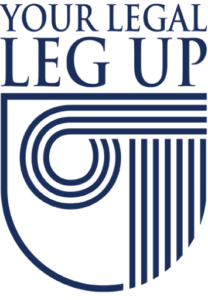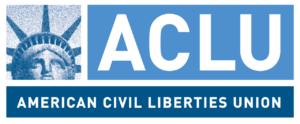Possible Help for Student Loans
It is our view that the student loan problem faced by so many Americans is one of the great injustices of our system and will sow the seeds of major political turmoil. See my article: Occupy Wall Street and Debt Jubilee. There are a few things that might help.
Programs that Might Help You with Student Loans
There is unfortunately little you can do in talking to student loan collectors. Most of the time, the debt collectors themselves really have little right to negotiate with you. The law behind student loans is that they are not dischargeable in bankruptcy absent “extraordinary” circumstances and “undue hardship,” and the cases discussing the issue have been extremely unpromising, to say the very least, about what circumstances must be in order for them to be “extraordinary.” “Undue hardship” has been interpreted to mean “no likelihood of ever being able to pay the debt,” an almost unprovable burden. On the bright side, there are increasing numbers of organizations and programs out there to help, and the lending institutions have not seemed eager to sue anybody.
One of the programs that might help you deal with student loans (not a negotiation) is an “income-based” payment (IBR) program. The plans call for a payment “cap” of a certain percentage of discretionary income and provide for loan “forgiveness” after a certain period of time. The program seems, at first sight, to be very reasonable, with a limit on payments and amount of time that will be required. They are for federal loans.
Another sort of help is available if you are doing some sorts of public or nonprofit service as your job, you may be able to get help from the federal government. Click here for the link that will take you to the government site discussing that help. This program is designed for only certain kinds of loans. Here’s what the government says about it:
Only loans you received under the William D. Ford Federal Direct Loan (Direct Loan) Program are eligible for PSLF. Loans you received under the Federal Family Education Loan (FFEL) Program, the Federal Perkins Loan (Perkins Loan) Program, or any other student loan program are not eligible for PSLF.
If you have FFEL Program or Perkins Loan Program loans, you may consolidate them into a Direct Consolidation Loan to take advantage of PSLF. However, only payments you make on the new Direct Consolidation Loan will count toward the required 120 qualifying payments for PSLF. Payments made on your FFEL Program or Perkins Loan Program loans before you consolidated them, even if they were made under a qualifying repayment plan, do not count as qualifying PSLF payments.
There are serious limits to the kind of help this offers, but for some people this will be a way out of difficulty. Click here for more information.
Another, similar program, the “Pay as You Earn” program, is, like the IBR program above, based on a type of financial hardship. The program provides for payment caps and loan forgiveness if your payments would be too much for you to be able to afford under the standards established by the program. You can find out about that here: Pay as You Earn.
For more help on student loans, you should check out the Project on Student Debt. If you aren’t sure what kind of loans you have, check out the National Student Loan Database System for Students and select “Financial Aid Review” for a list of all the federal loans to you. Click each individual loan to see who the servicer is for that loan (this is the company that collects payments from you). Remember that system shows only your federal student loans, however, and not your private or state student loans. Contact your school to see whether you have non-federal loans if you are in doubt about that, as they keep a record of them.
For more information on student loans and repayment, check out consumer finance. If you are active-duty military, there may be benefits helpful to you under the Service Members Civil Relief Act. If you’re not in the military and have private loans, you have fewer options, but take a look at: Paying for College. For an article on reducing student debt without paying for it or click here for a free ebook on ways to get rid of student loans without paying for them.
For a resource on student loan forgiveness, refinancing and more, see The Best Student Loan Calculator for Forgiveness, Refinancing and More.
One of the options we found interesting was the public service type loan forgiveness program that also helps with state or private loans
Negotiating Student Loans with Debt Collectors
Unfortunately, there’s really very little or even no negotiating with debt collectors on student loans, as we said above. There seem to be no market pressures on them to settle at all – they aren’t worried about the debt expiring, the companies that issue the debt are large and government-subsidized, and “educational loans” are one of the last great sacred cows in our country.
The positive side of dealing with student loans, however, is that while the collectors will call and bug you, somebody in the collection department usually does seem to take notice of the actual financial reality you are facing. If you tell them that you do not have the money to pay, they will often – usually even, it seems, refuse to agree to partial payments – but then they usually don’t take any type of collection action, either, and they only very rarely sue anybody. The downside here is still significant, however, as the information might very well end up on your credit report and cost you that way. And eventually the lender might get around to suing you after all if they find out you have property, so they may create problems if you own your home.
If they do sue you, the Debt Defense System can help you defend yourself and probe for any weaknesses they may have in the lawsuit as well as help you negotiate a better settlement if necessary. Although bankruptcy is a limited threat and bargaining chip, the lenders still hope to get their money back, and if you can persuade them that they have a better chance of getting more back by working with you than if they do not, they will probably negotiate with you at least a little bit.



